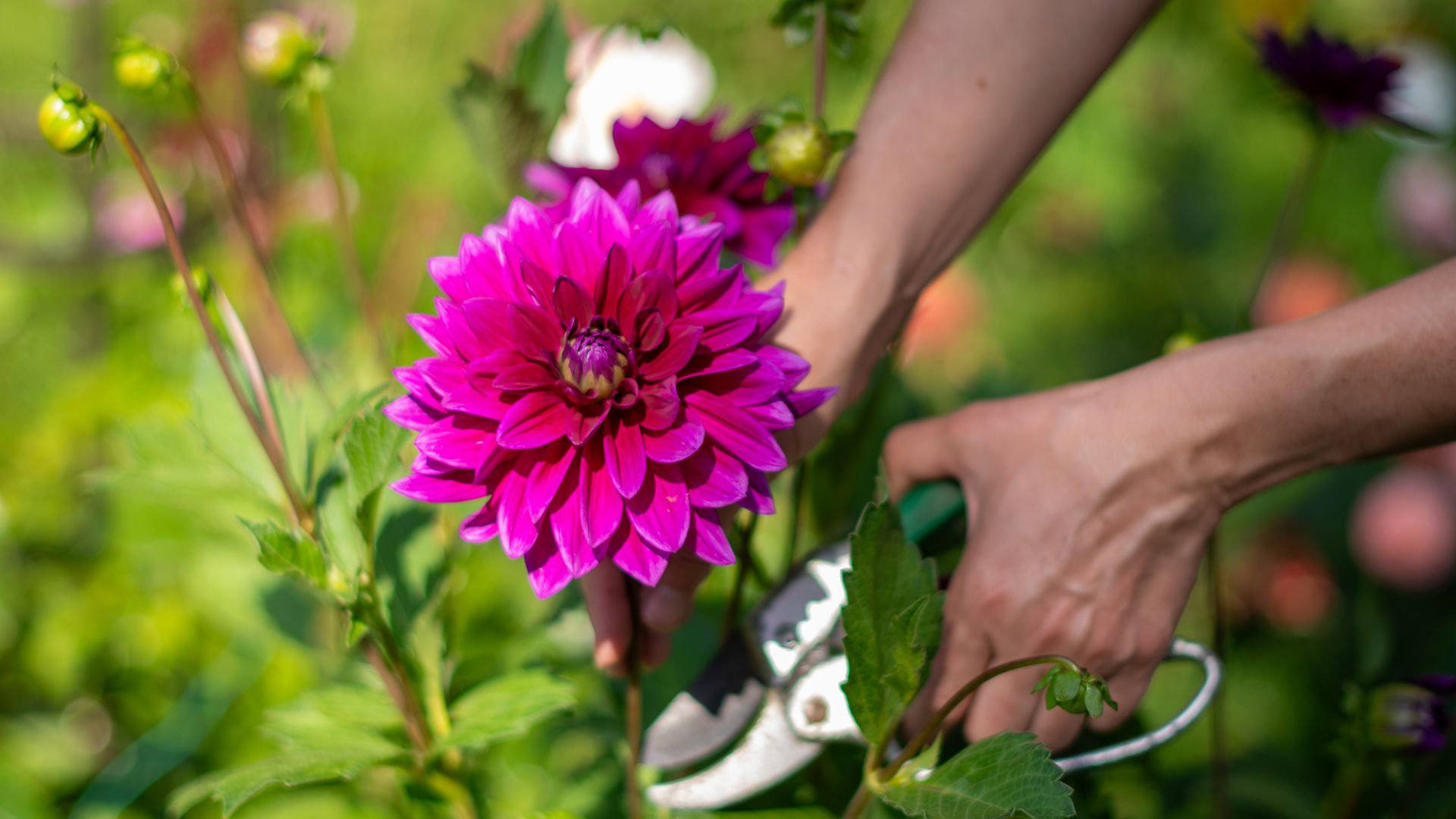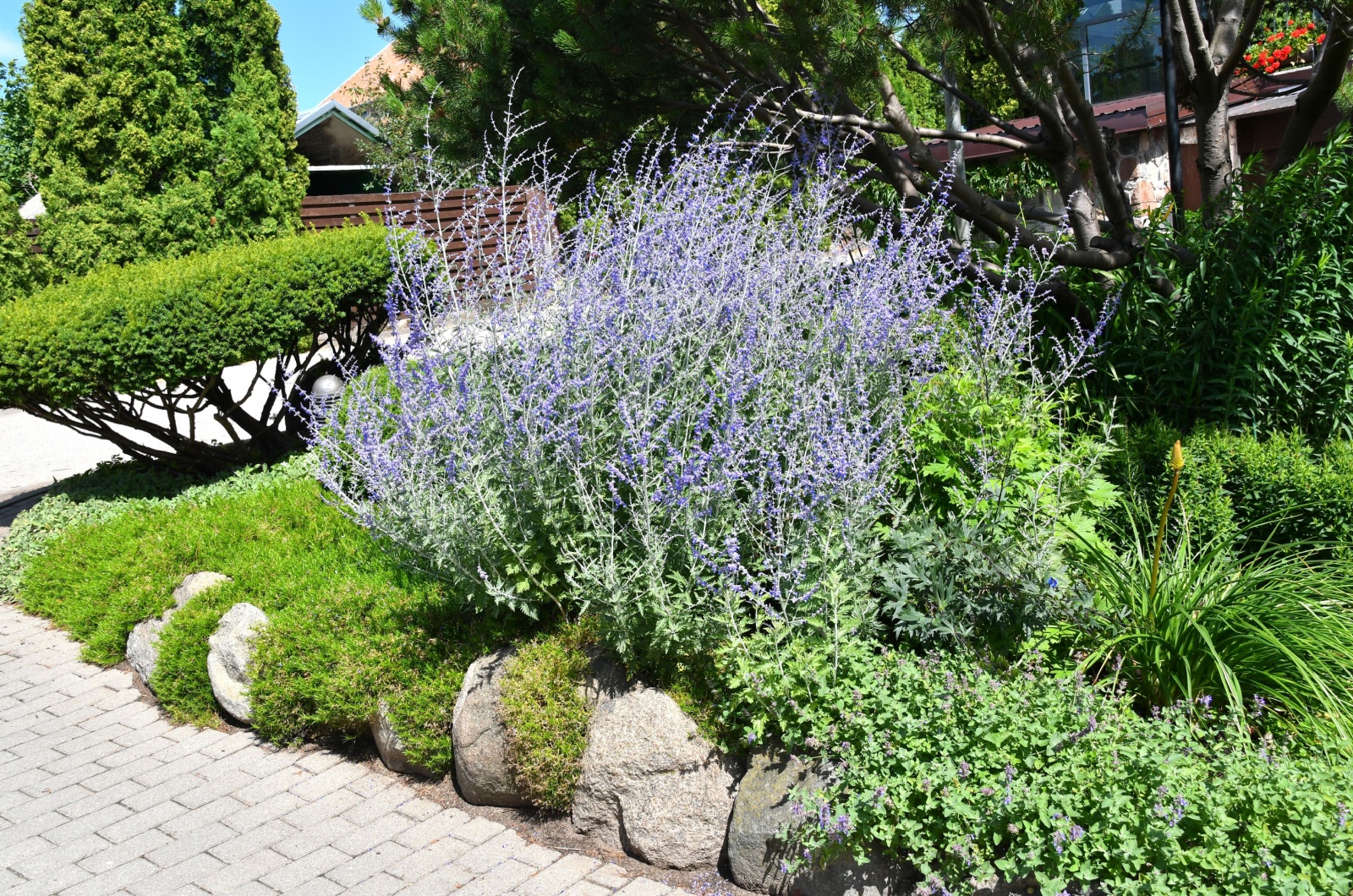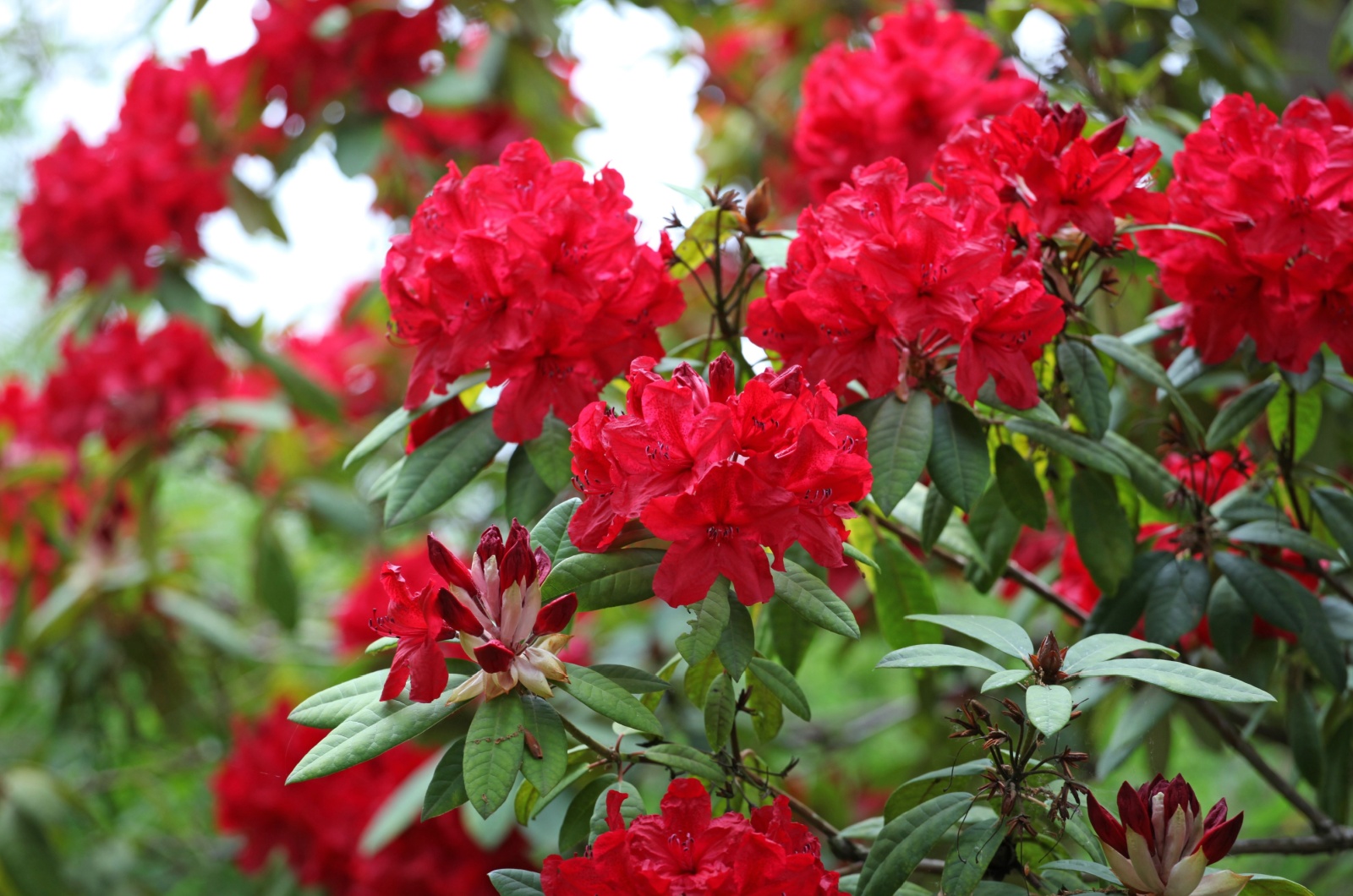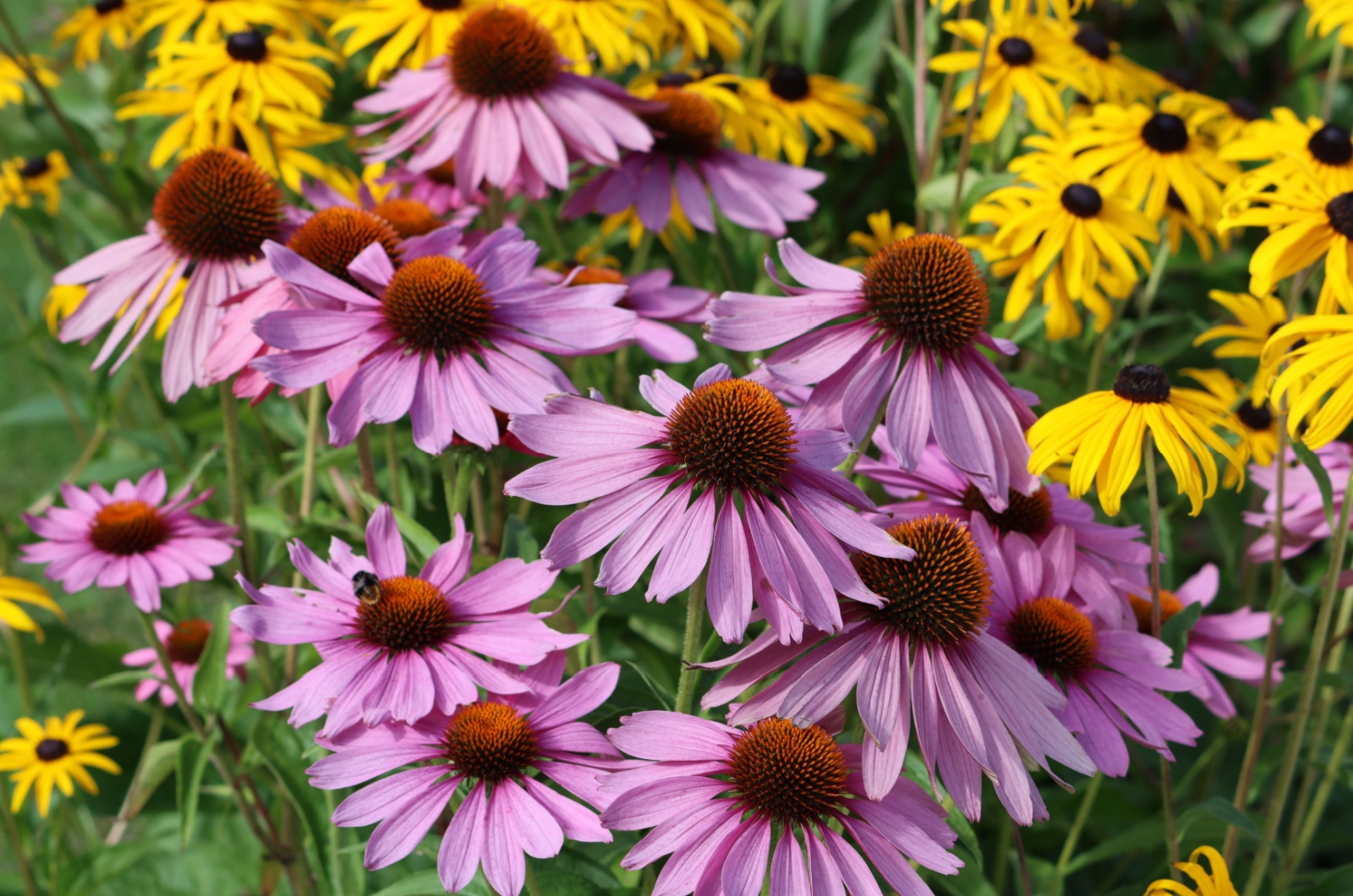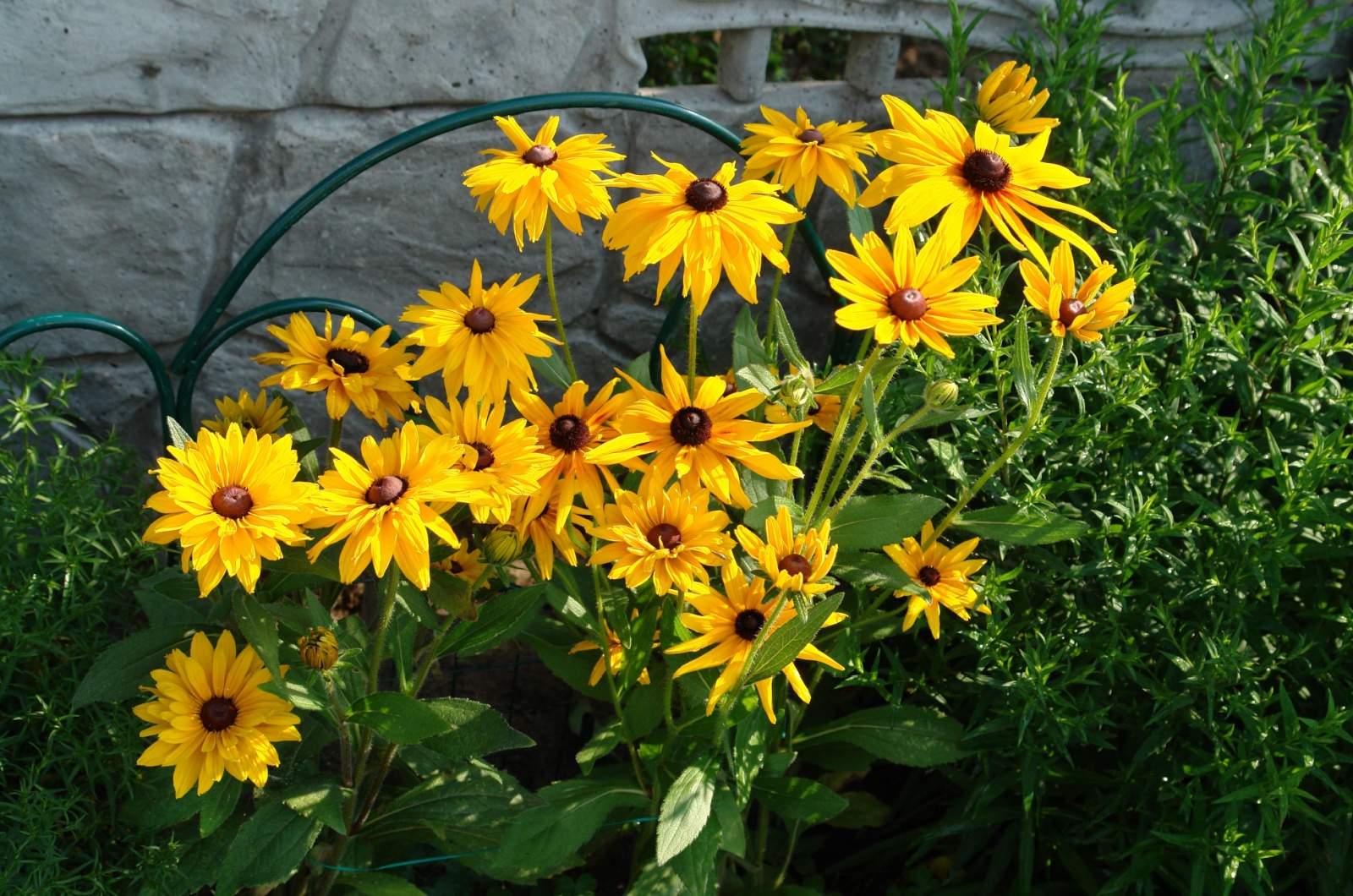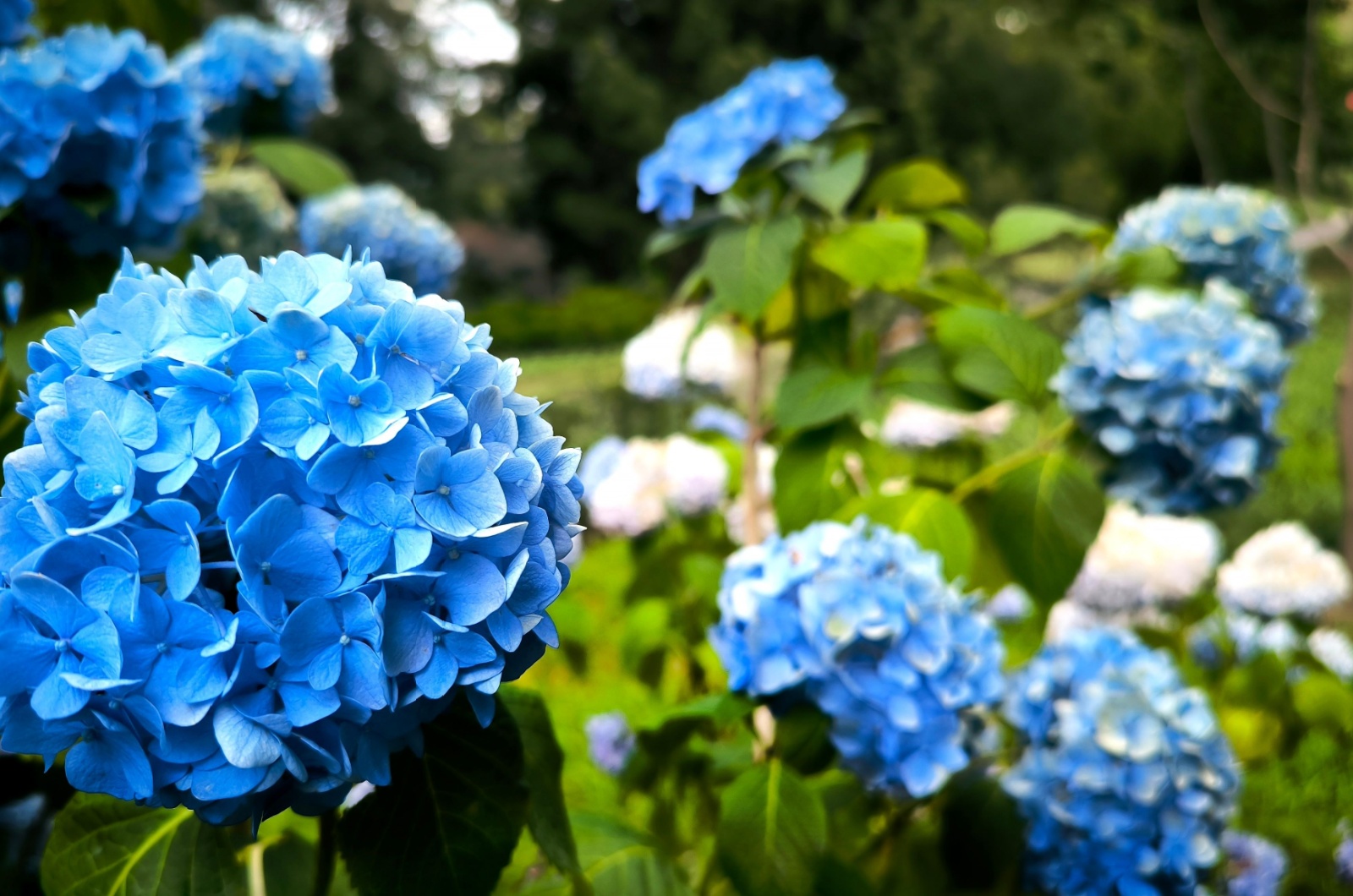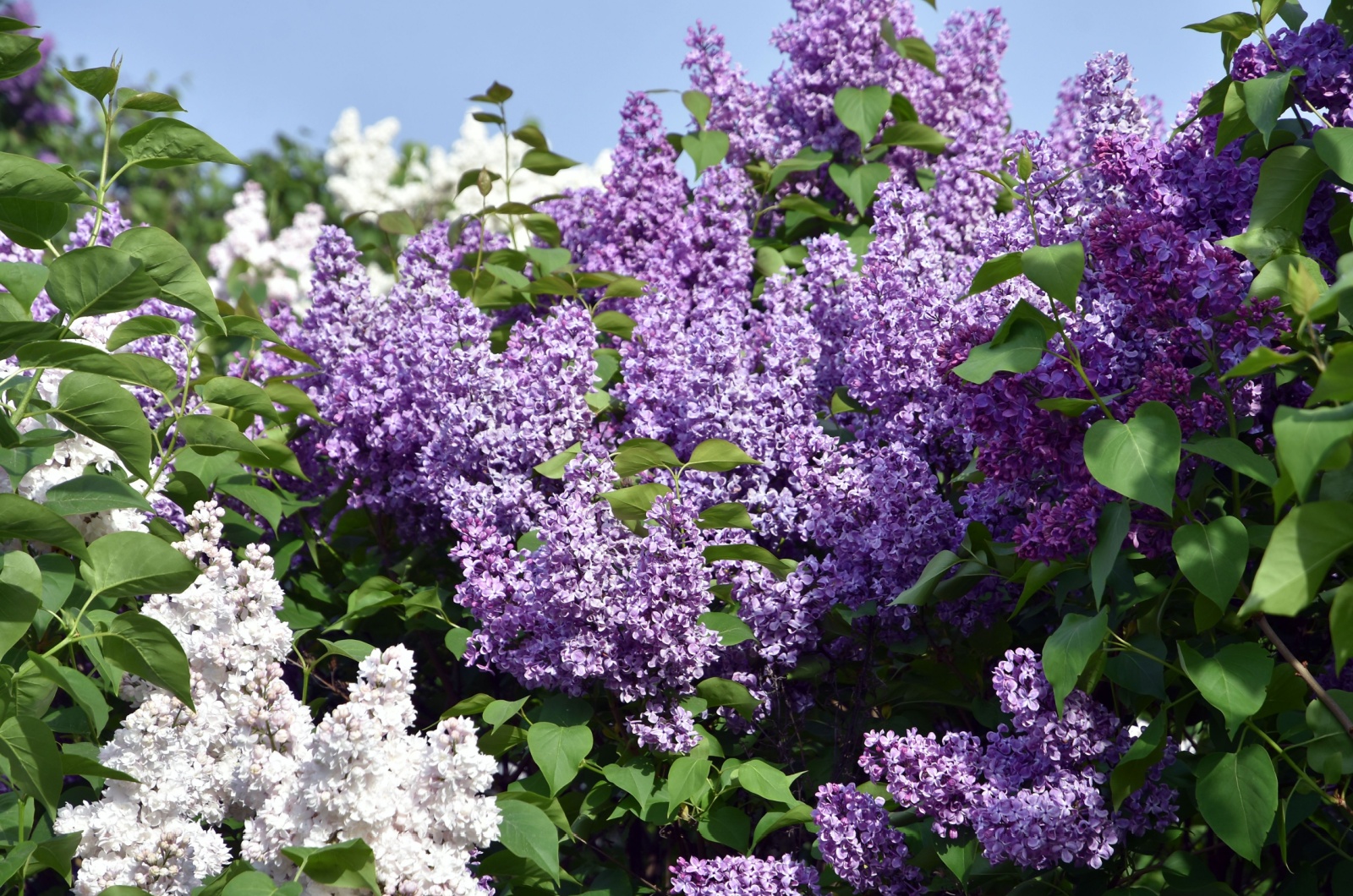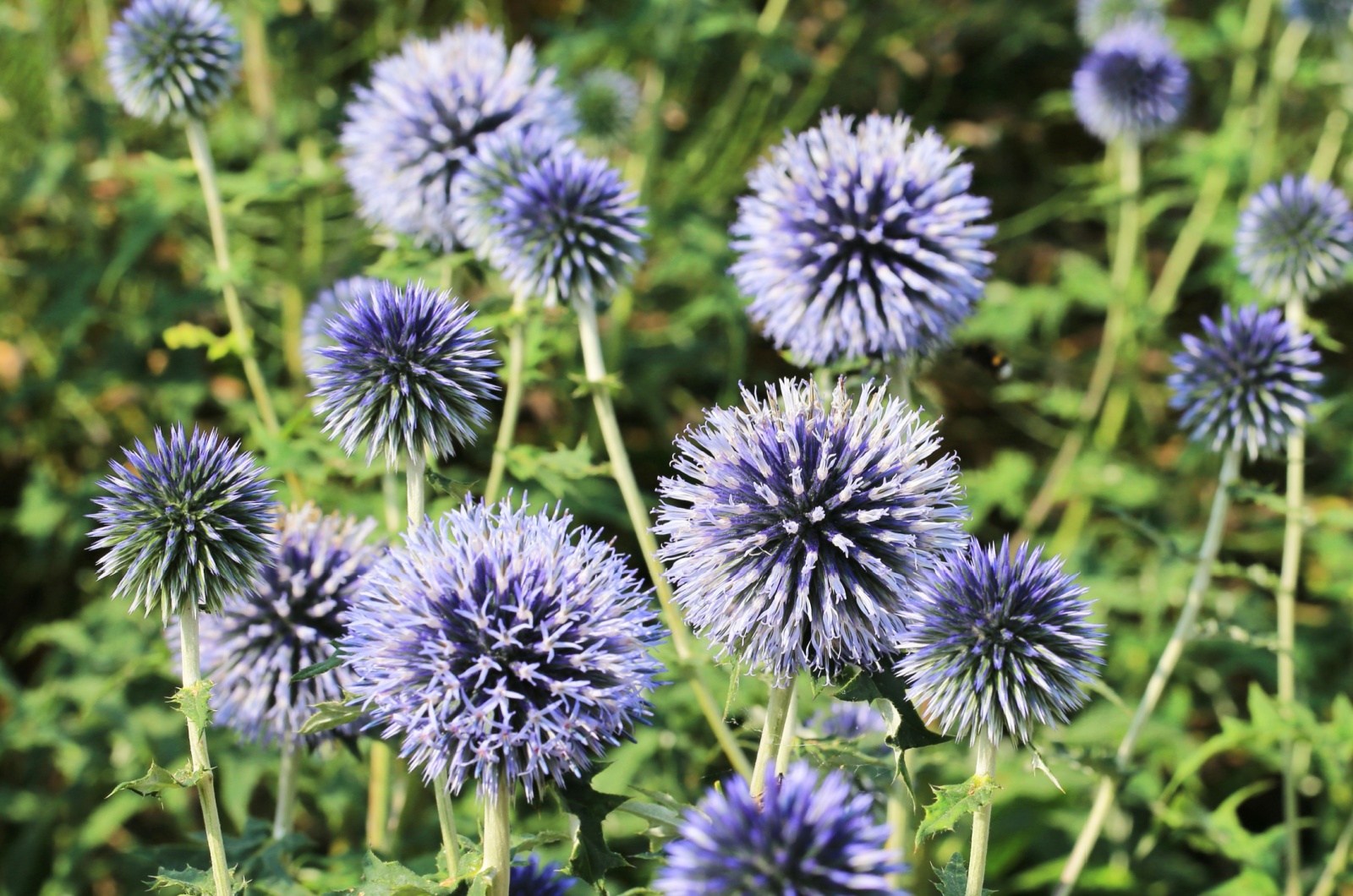I used to be all about fall pruning. I mean, who doesn’t love a tidy garden after the summer chaos, right?
But as it turns out, some plants are better off left alone until spring. Pruning at the right time can do wonders for your garden, promoting healthier growth, more flowers, and even helping to prevent common diseases like powdery mildew (we’ve all dealt with that one).
However, cutting plants at the wrong time (like in the fall) can backfire, messing with blooms and leading to other problems.
So, before you start your end-of-season cleanup, it’s key to know which perennials and shrubs should skip the fall trim if you want them to grow and thrive for years.
Here are the ones that should stay untouched until spring:
1. Stay Away From Russian Sage
If you have Russian sage in your garden (because, who wouldn’t?), it’s better to stay away from it as soon as the temperature gets cooler.
Fall pruning can only lead to your Russian sage suffering through the winter (even though it’s Russian, it’s not used to that much cold!).
If you want to keep your sage looking fabulous come spring, make sure to mulch it generously and save the pruning for late winter or early spring.
Related: When To Cut Back Russian Sage For A Bushy Shrub
2. Neither Azaleas Or Rhododendrons Enjoy Fall Pruning
Azaleas and rhododendrons are plant cousins, sharing not just pretty blooms but also similar pruning needs.
Since these beauties flower on old wood, giving them a fall trim will snip off the flower buds for next spring blooming. Oops!
To make sure that both of these plants are blessed with blossoms, wait until late spring or early summer (I usually wait about three weeks after flowering).
Related: Fertilize Your Azaleas This Way To Get More Colorful Blossoms
3. Save Coneflowers For Spring Pruning
We all know that coneflowers are pretty low-maintenance, but even they would mind if you cut them at the wrong time.
With coneflowers, it’s best to save them for spring pruning. Leave those big seed heads through the fall to provide enough winter food for birds.
If you let the seeds stay put, some surprise coneflowers might pop up in your garden the next year!
Related: This Is How You Should Harvest Your Coneflowers For A Spectacular Bloom Display Next Year
4. Black-eyed Susans Also Don’t Like Being Cut In Fall
I always leave my Black-eyed Susans overwinter because birds absolutely love them (and their food is scarce overwinter).
And by waiting until spring, these flowers get a chance to self-sow, which is always a better option.
So, if you’re hoping for more of these vibrant blooms next year, skip the fall pruning and let nature do its thing with seeding!
You might be interested in: The Downside Of Black-Eyed Susan Vines That No One Will Tell You About
5. Some Hydrangeas Species Should Be Left As Well
Pruning hydrangeas can be a bit tricky due to the variety within this plant group. Some hydrangeas (like the cold-hardy varieties that bloom on new wood) can be pruned in the fall.
But for others, such as oakleaf, bigleaf, mountain, and climbing hydrangeas (all of which flower on old wood), it’s best to wait until spring or summer after they’ve finished blooming to do any cutting back.
Related: 3 Important Fall Hydrangea Jobs & 2 Things You Shouldn’t Do
6. Lilacs Need Pruning Right After Flowering
We all know that lilacs need pruning – I mean, if you leave them unchecked, they could grow over 30 feet tall!
However, since lilacs bloom on old wood, cutting them back in the fall will remove their flower buds and reduce the number of blooms.
So, what you should do instead is prune lilac bushes right after they finish flowering (this is usually from late spring to early summer). This way, you get to keep them in check but also enjoy an abundant flower display later on.
Also read: Uncover 8 Reasons Why Your Garden Lilacs Are Keeping Their Blooms Hidden
7. Globe Thistle Provides Food For Birds Over Winter
Just like with coneflowers, globe thistle plants also produce seed-filled flower heads that can be a significant food source for goldfinches and other birds.
These seeds are crucial for wildlife during the colder months when food is scarce. And the dried globe thistle flowers stay pretty tall and give your garden that extra pizazz, even under a blanket of snow.
Now, these are the perennials that I’ve avoided pruning in the fall. It’s a shame when you cut back plants at the wrong time, especially when you are expecting wonderful blooms afterwards.
So, if you have any of these plants in your garden, wait until spring to prune them!
Related: Here Are 7 Plants And Trees That You Absolutely Must Prune This Summer

